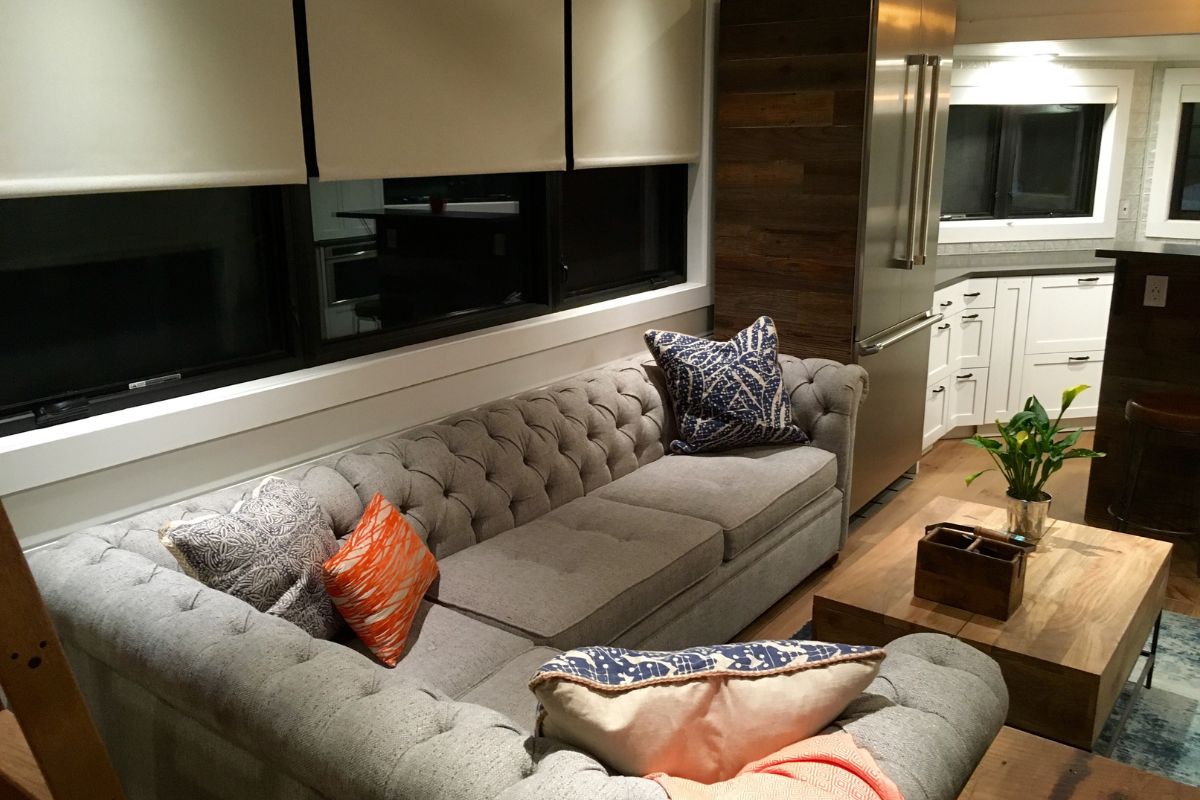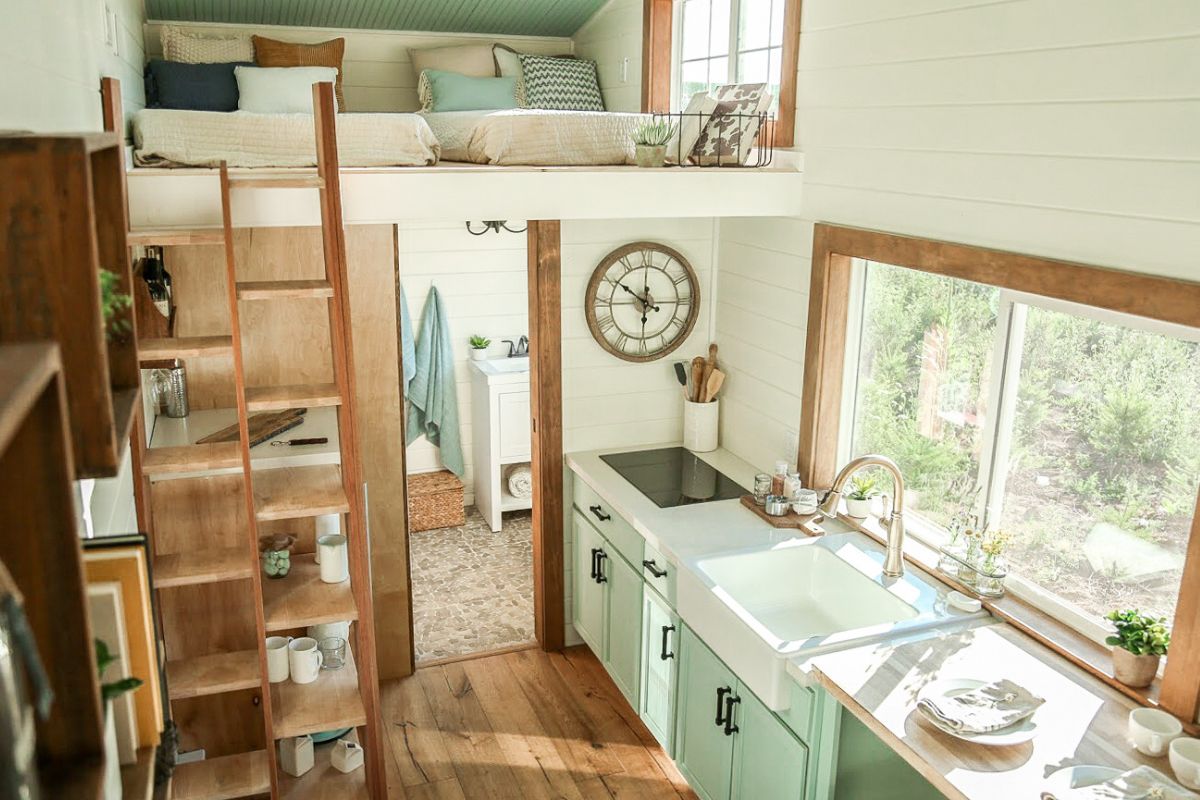Home should be a place of comfort and rejuvenation, a sanctuary that helps you unwind and recharge. Yet, for many, it becomes a source of stress due to clutter, chaotic routines, and digital overload. Transforming your living space into a stress-free haven involves addressing both the physical and emotional aspects of your environment. Let’s explore actionable steps to achieve this balance.
Creation of a Stress-Free Environment
The connection between your physical surroundings and your mental state cannot be overstated. A cluttered, poorly lit, or chaotic home can elevate stress levels, making it difficult to relax. By optimizing your environment, you create a foundation for tranquility and mental clarity.
Impact of Physical Environment on Mental State
Your immediate surroundings significantly influence your mood and stress levels. A tidy, well-organized space promotes feelings of control and calm, while clutter or disorganization can lead to overwhelm and irritability. Studies show that a clean environment improves focus and fosters a sense of accomplishment, making it easier to manage daily challenges. Beyond the visual appeal, an organized space minimizes distractions and allows you to be more present and engaged in your activities.
Smart Storage Solutions and Decluttering for Peace of Mind
Storage solutions, such as professionally designed closets or modular shelving systems, can help maintain order. Customized storage enhances functionality and ensures that everything has its place, which contributes to a serene atmosphere. Additionally, well-organized storage can free up time otherwise spent searching for items to create a smoother daily routine. Investing in these solutions not only improves organization but also adds an element of luxury and personalization to your living space.
Color Psychology and Lighting for Relaxation
Colors and lighting profoundly affect how you feel at home. Soft blues, greens, and neutral tones evoke calmness, while bright or overly stimulating colors can increase stress. Incorporating natural light into your home boosts mood and energy levels. If natural light is limited, use warm, adjustable lighting to create a soothing ambiance. Consider layering lighting with options, such as floor lamps, wall sconces, and dimmable fixtures to adapt to different needs throughout the day. This dynamic approach can transform your home into a flexible, mood-enhancing space.
Natural Elements and Air Quality
Bringing nature indoors is another powerful way to foster relaxation. Houseplants not only add beauty but also improve air quality by filtering toxins and increasing oxygen levels. Wooden furniture, stone accents, and other natural materials further enhance this calming effect. Maintaining good air circulation and using air purifiers can also reduce allergens and promote better breathing. Consider incorporating water elements, such as a tabletop fountain, to introduce a sense of flow and tranquility into your home.

Establishment of Daily Rituals
Daily rituals provide structure and stability to help reduce stress by making life more predictable and manageable. These practices create opportunities for self-care and mindfulness, anchoring your day with positive habits.
Morning Routine for Starting the Day Right
A consistent morning routine sets the tone for the day. Begin with activities that energize and center you, such as light stretching, a short meditation, or simply sipping tea in a quiet space. Plan your priorities for the day to reduce anxiety about what lies ahead. Starting with intention helps you approach tasks with focus and clarity. Including moments of gratitude in your morning can further enhance your sense of well-being and foster a positive outlook for the day.
Evening Wind-Down Practices
Just as mornings set the stage, evenings are essential for unwinding and preparing for restful sleep. Dim the lights and engage in calming activities like reading, journaling, or listening to soothing music. Avoid screens and stimulants at least an hour before bed to signal to your body that it’s time to relax. Establishing a wind-down routine improves sleep quality and reduces next-day stress. Adding aromatherapy with calming scents like lavender or chamomile can further enhance your evening relaxation process.
Creating Transitions Between Work and Personal Time
For those working from home, it’s vital to establish boundaries between professional and personal life. Create a ritual to signal the end of your workday, such as changing clothes, taking a short walk, or tidying your workspace. These transitions help you mentally shift gears and allow you to fully engage with personal time and relationships. Over time, these boundaries can improve work-life balance and reduce feelings of burnout to make home life more fulfilling.
Mindful Practices at Home
Mindfulness involves being fully present in the moment and fostering a sense of calm and focus. Incorporating mindful practices into your daily life can significantly reduce stress and improve overall well-being.
Simple Breathing Exercises
Breathing techniques are a quick and effective way to calm the mind and body. Try diaphragmatic breathing by inhaling deeply into your abdomen and exhaling slowly. The 4-7-8 method, which involves holding your breath for a count of seven and exhaling for eight, is particularly effective for reducing tension. Practicing these exercises regularly can help you manage stress during challenging moments. Pairing breathing exercises with visualization techniques can further deepen their calming effects.
Mini-Meditation Sessions
Meditation doesn’t require hours of practice to be effective. Short, focused sessions of five to ten minutes can make a significant difference. Find a quiet spot, close your eyes, and focus on your breath or a calming mantra. Regular meditation reduces stress by promoting relaxation and enhancing your ability to stay present amidst daily distractions. Consider using guided meditation apps or recordings to assist beginners and enhance your practice.
Mindful Movement and Stretching
Incorporating gentle movement into your routine helps release physical tension and fosters a sense of well-being. Yoga, tai chi, or even simple stretching exercises improve circulation, ease tight muscles, and encourage mindfulness. Dedicate a corner of your home to these activities to make it easier to prioritize movement. Combining mindful movement with deep breathing can amplify its stress-relieving benefits and create a holistic approach to relaxation.

Technology and Stress Management
While technology offers convenience, it can also be a significant source of stress. Managing its use thoughtfully is crucial for maintaining a peaceful home environment.
Establishment of Tech-Free Zones
Set aside specific spaces in your house, such as the dining room or bedroom, where electronics are not permitted. These tech-free areas promote deep connections and offer respite from the never-ending barrage of alerts. Without the distractions of screens, these spaces become havens for relaxation and connection. Incorporating calming elements like books, puzzles, or artwork in these zones can make them more inviting.
Digital Distractions Management
Set boundaries for screen time by scheduling regular breaks and using tools to limit app usage. Turn off unnecessary notifications to reduce interruptions and focus on the present moment. Integrating mindfulness apps or calming playlists into your routine can transform technology from a stressor to a supportive tool. Developing a habit of unplugging during meals or social gatherings can enhance both mental clarity and relationships.
Final Thoughts
Reducing stress at home begins with creating a supportive environment that nurtures both physical and emotional well-being. From decluttering and mindful design to daily rituals and thoughtful technology use, every step contributes to a more peaceful and fulfilling home life. By integrating these practices, you can transform your home into a sanctuary of calm and rejuvenation.





Share: